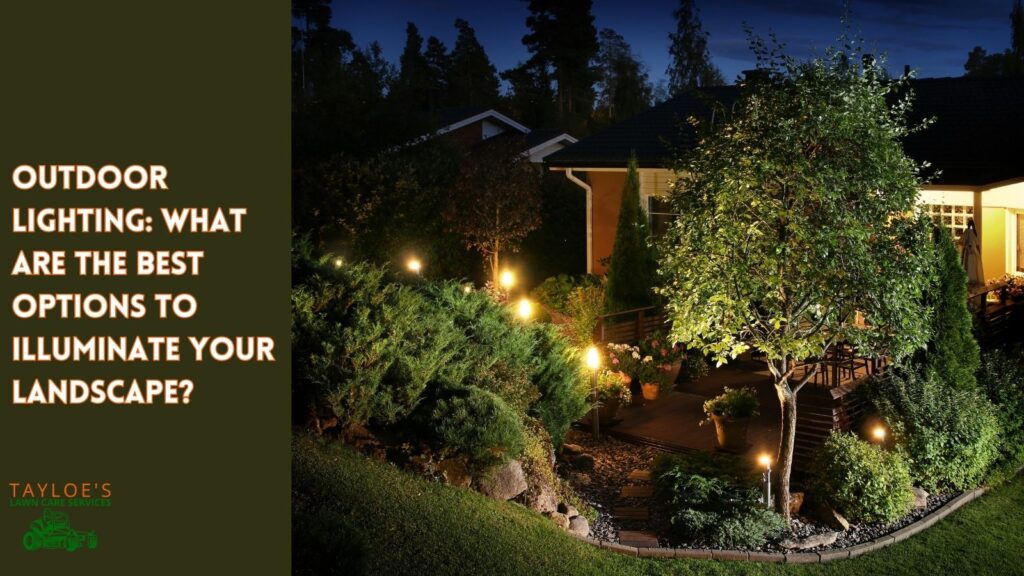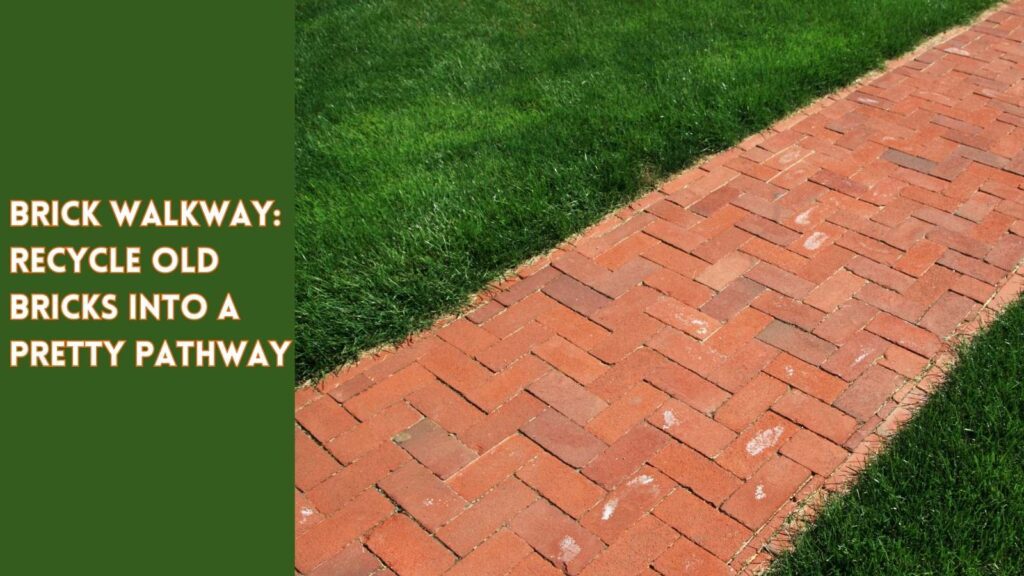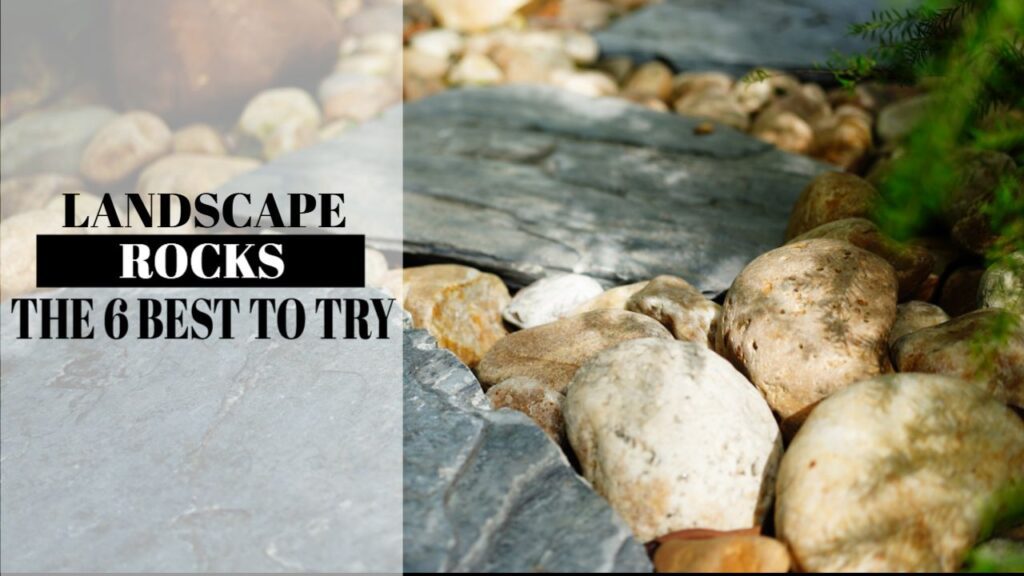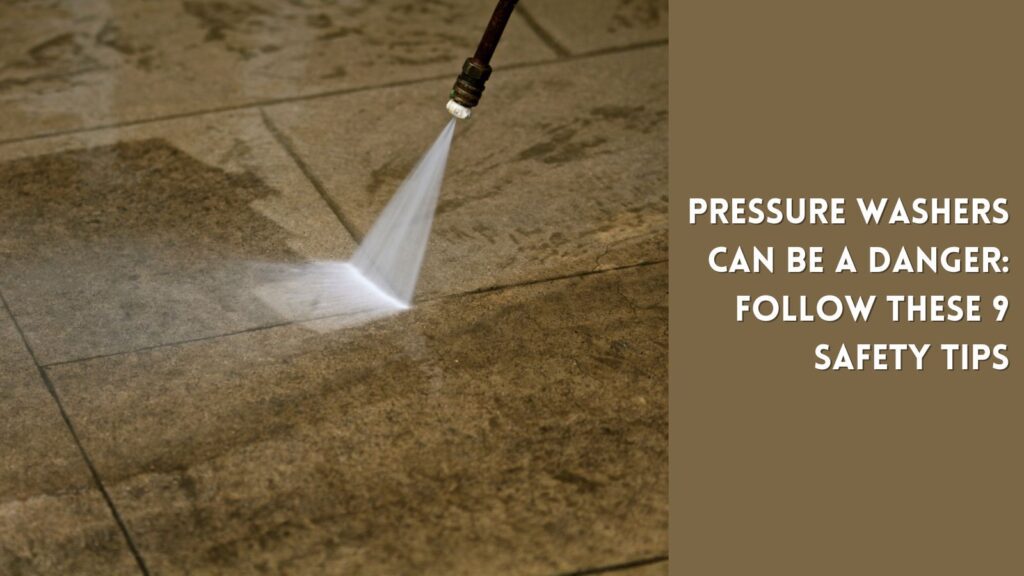Last Updated on: 1st December 2023, 12:49 pm
What’s a composite deck? Are decks not made from wood?
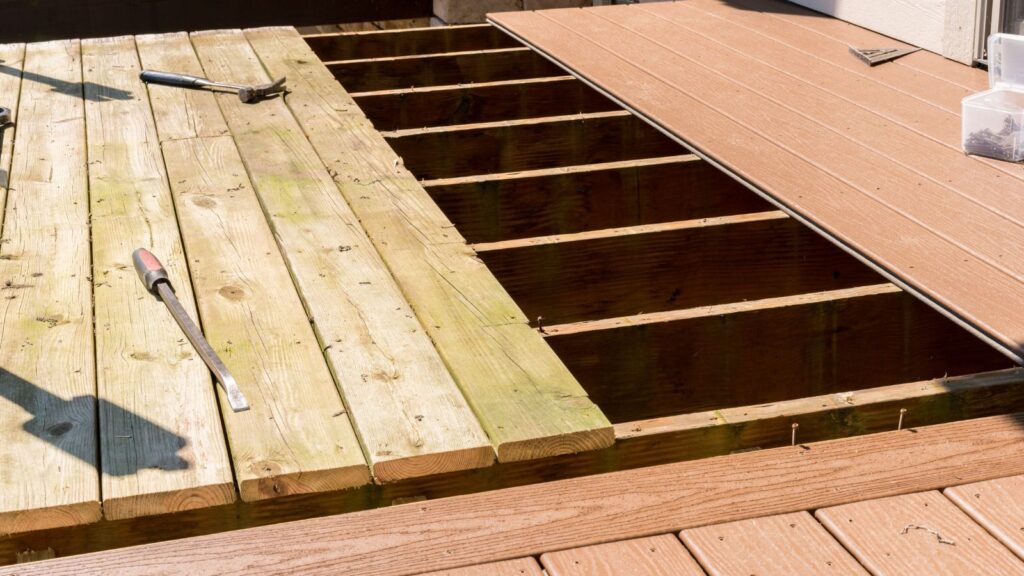

Many people do not understand or know how to install and maintain composite decking. As a result, they do not know how to choose between composite or wood decking. Many aren’t even aware of the option.
Yes. A composite deck is costlier to install. However, some calculate the longevity of the materials and ease of care, deciding that it’s the best long-term investment.
This article will explain the matters that require homeowners’ attention regarding composite decking installation and maintenance.
In full transparency, this article is for informational purposes only. I do not install decks or hardscaping elements. So why am I sharing all this information? Because our clients always ask me about deck replacement and repair options. Older adults, in particular, want to learn about composite decking, as they don’t want the hassle of keeping up with water sealing or staining it. This blog post just gives you some food for thought before you call a deck installation contractor.
Composite Decking Definition
Composite Decking is an engineered building product made of wood fibers, plastic, and a small amount of binder. Wood Plastic Composite (WPC) is an eco-friendly material made of reclaimed wood fiber and polymers.
Composite Decking Classification
Composite Decking is usually divided into two categories: uncapped composite and capped composite. Uncapped composite is most prone to mold due to its exposed wood composition. The capped composite is sealed in plastic housing for higher protection.
Hollow vs. Solid
There are two types of composite decking: hollow and solid. Hollow-core boards tend to have hollow chambers running the length of the board, while solid boards are more substantial and heavier.
Difference Between Composite Decking and Wood Decking
Here are the key differences you should consider when weighing this investment:
Composite Decking
Composite Decking can last ten to thirty years if made from untreated wood and up to fifty years with treated lumber or composites. Because a deck is a long-term investment that you’ll enjoy for decades to come, it’s essential to understand your choice of materials before starting your building project.
Both wood decking and composite decking materials are available in various qualities, so cost or quality is not the only factor. Composites require less maintenance. Thus, they generally have a higher price tag. But they do require some maintenance, and other factors come into play. Let’s examine some of the issues involved in choosing the most suitable deck material for your deck.
Are you stuck between composite decking and lumber for your project? Choosing the best outdoor decor for your project can overwhelm any shopper. Product knowledge ensures you make a suitable investment with all available trim options. This photo illustrates more differences between wood and composite decking:


Wood Decking
Thirty years ago, homeowners had limited decorative options beyond traditional wood. Most wood decks come in cedar, mahogany, or pressure-treated lumber made from various wood species. Wood has maintained popularity over the years as a familiar and affordable option. In 2020, lumber prices skyrocketed by 130%. Now, homeowners must consider the maintenance, disadvantages, and higher cost of wood decks compared to alternatives.
What is Composite Decking?
Manufacturers introduced composite decking in the 1990s as an alternative to traditional wood decks. Unlike wood decks, composite decks are composed of synthetic and organic materials. Most composite deckings contain wood fibers, virgin or recycled plastic, and chemical additives. Producers typically use sawdust, wood chips, and other wood fibers for wood components. Plastic components include one or more of three common plastics: polypropylene (PP), polyvinyl chloride (PVC), and/or polyethylene (PE). By adding chemical additives to improve durability, wood composite decks often have superior advantages over traditional wood decks.
Why Homeowners Choose Wood Composite Decking
In addition to the rapid increase in the price of wood decks, homeowners opt for wood composite decking to avoid maintenance. Unlike wood, wood composite decking does not require sanding, staining, or painting. Wood composite panels offer longer life and less chance of splitting, cracking, and rotting.
Composite deck boards still contain porous wood fibers that absorb moisture, discolor, stain, swell and breed bacteria. Despite the plastic components and additives, composite decking is still susceptible to factors that inevitably deteriorate wood.
How to Install Composite Decking
Here are a few tips to ensure you get your project off to a smooth start.
Safety
When dealing with any construction project, it is necessary to wear appropriate safety equipment to avoid any risk of injuries. When handling, cutting, and installing, the following safety equipment is recommended: gloves, respiratory protection, long sleeves, pants, and safety glasses.
Tools
This project requires standard woodworking tools. All cutting blades should have a carbide tip. Standard stainless steel or high-quality coated deck screws and nails will work the best.
Work Environment
A clean, smooth, flat, and firm surface is needed to install WPC products correctly. Please check with local building codes before ever installing any decking. If the installation does not occur immediately, WPC products must always be put on a flat surface. Never should you place it on a surface that is NOT flat.
Project Planning
Plan a layout for your decking before starting it to ensure the best possible appearance for your project. Building codes and zoning ordinances generally apply to permanent structures, meaning anything anchored to the ground or attached to the house.
Of course, nearly every kind of decking requires permits and inspections from a local building department. We recommend drawing out a site plan of your proposed project that you intend to do to minimize errors and make your project perfect.
Construction
WPC product is NOT intended for use as columns, support posts, beams, joist stringers, or other primary load-bearing members. A code-compliant substructure must support WPC products. While WPC products are great for retrofits, WPC products CAN NOT be installed on existing decking boards.
Ventilation
WPC products should not lay on a flat surface. Instead, store them on a substructure so adequate and unobstructed airflow under the decking to prevent excessive water absorption. A minimum of 25 mm (one inch) of the continuous obstruction-free area under the decking surface will allow for adequate ventilation on all decking so air can circulate between adjacent members to promote drainage and drying.
Heat and Fire
The continuous high temperature generated by fire or other heat sources will cause damage to outdoor decking. Therefore, do not install the decking near a heat source such as a fireplace or patio heater.
Storage of Composite Decking Materials
Acclimating the material for at least two days before installation is a must. Acclimating the boards will eliminate any unwanted shrinkage issues during and after installation.
If you don’t plan to use the materials for a long time, please keep the package complete and store it in a well-ventilated and drained indoor environment, avoiding direct sunlight and rainwater. Products must be raised by joist and stacked neatly on even solid ground. Uneven ground will cause the products to deform and warp. The spacing of each beam should be no more than 500 mm. Do not store the products by putting them on the ground directly.
During the construction, please cover products that are not in use to prevent the sand and gravel generated by the construction operation from falling on the surface and causing scratches by friction with the surface. Please lift and drop the products gently, as you must not drag or extract the products with force.
Ground Treatment Before Installing Composite Decking
A smooth and solid ground base that ensures good ventilation and drainage is crucial to the longevity of the decking. Please exercise proper ground treatment methods according to the ground condition at the job site. Here are the tips for some specific ground conditions, such as sandy land, soft soil, and grassland:
1 – Build a concrete foundation.
Dig holes in the ground with a suitable interval and depth below the frost line, then pour concrete in. They act as a
foundation for lumber or metal framing. Then, you can install the decking on the frame.
2 – Use ground screws.
Fix the ground screws to the ground at a suitable interval. Fixing the metal framing to the ground screws. Then, you can install the decking on the frame.
3 – Apply surface hardening treatment.
Dig a roughly 15-4/5’’ depth under the ground (depending on the soil quality). Then, ram the soil, lay the waterproof material, and surface it with gravel and concrete slates (or pour concrete directly). After that, lay the joists and install the decking.
No construction measures that could cause damage to the surface structure should be utilized on rooftops, balconies, and patios. That’s because the waterproof layer of the structure could receive damage, or other safety concerns could result. You can secure the joists with concrete before installing the decking.
Joists must run toward the roof’s pitch to facilitate proper drainage. If necessary, consult your local building code authority for information about the construction on roofs.
4 – Support Structure
Framing: Use local code-compliant materials for the frame, such as pressure-treated wood or metal tubes. Please follow the manufacturer’s instructions for proper installation. The framing must be level without undulations, and the joist spacing should not exceed fourteen inches (350 mm).
Joist: WPC, Aluminum, or joists may be used on the ground that has received a hardening treatment, provided that adequate ventilation and drainage are ensured.
An Overview of the Composite Decking Install Process
I’m oversimplifying this – it’s just to give you an idea of what to expect.
- Fix the joists to the ground with expansion screws; the joist spacing should not exceed fourteen inches. Install a double joist at the end-to-end joint between decking boards.
- Install the start clip and slide the first decking board into the start clip.
- Slide the clip into the decking groove until they are on their joists.
- Secure the clip with screws.
- Reserve a proper gap at the butt of the two boards for contraction and expansion. Along the edge, toenail a screw to secure the decking boards.
- Trim the L corner at a suitable angle and fix it with a screw. The spacing of the screws should be no more than twenty inches.
- This is an overview only and does not provide every tiny detail. We recommend reading detailed Installation Instructions for your product carefully and thoroughly before starting your project.
- Please note that your limited warranty applies only if you follow installation instructions with most products.
How to Maintain Composite Decking
Now that you have a basic overview of the installation, you should consider the maintenance composite decking requires.
- Ensure adequate ventilation under and between decking boards.
- lmprove drainage or soil grade before building to eliminate standing water under decks.
- Keep direct downspouts, downspout extensions, and splash guards away from decks.
- After rinsing the composite deck material, using a large fan to dry the deck is a great idea.
- Clean your deck twice a year after the significant pollen events.
- Please be careful when using a high-pressure cleaner, and please use it twelve inches above the deck surface at a pressure of less than 1,500 psi.
- Keep blockages from the gaps between the decks so the rain can wash the pollen and organic debris away.
- It’s better not to put a wet covering on the deck surface.
- Please place a vinyl-backed splash pad under the grill.
- Normal daily activities will not cause scratches, but excessive activity will damage the deck surface. Stepping on a skateboard, dragging heavy furniture, and dancing with thin heels may cause scratches, wear, or chipping.
- Installing a fixed pad under the outdoor chair is best to prevent continuous drag and wear over time.
- Never use a metal shovel to remove ice or snow from the deck.
- Use mild detergents for cleaning. Avoid strong products like bleach, CLR, sugar soap, etc.
- During masonry construction, please cover the deck to avoid concrete or gypsum leaving on the deck. If you accidentally leave concrete and gypsum plaster on the deck, they will mix with water or evaporate, creating white stains on the deck’s surface. We recommend installing the new decks after completing all the construction work.
- Immediately remove oil, grease, wine, or food stains on the deck’s surface.
How Do You Clean Composite Decking?
- First, use a broom to remove the leaves and debris from the surface. You must also grab a brush to remove moss, leaves, or algae accumulations. In this way, you can make the surface of the decking clean.
- Put the warm, soapy water or cleaner on the decking. Then, use the broom to scrub the surface of the decking. The debris will be cleaned up.
- Leave the warm cleansing solution on the surface for several minutes before rinsing the boards. Ensure all the dirt and debris can be removed from the boards.
Stain Removal
Stains will appear on the surface of the deck without regular cleaning. The appearance of these deposits is due to the mixing of rainwater with the soil/dirt, etc. When it evaporates on the composite deck, it will form stains. If you deal with discolorations immediately, you should be able to remove them. However, if you do not address the issue directly, they become more challenging to fix.
Note: Minerals appear more rapidly in specific environments and may become severe. We recommend cleaning the boards at least once every two months to keep minerals from reappearing.
We will show you how to clean the deposit on the deck surface.
The following cleaners effectively wash off the mineral deposits:
- Vinegar
- Household/Laundry Detergent
Note: Do not use any other cleaner because it may potentially damage the deck’s surface. Also, never use different cleaners together. Only use one of the choices above.
Never mix cleaning agents, as you might mistakenly create toxic fumes.
Materials and Cleaning Tools
- Towel
- Bucket
- Water
- Brush or Broom
- Gloves
Note: Always wear gloves when dealing with cleaners.
Cleaning Guideline Option 1: Vinegar
Here is how to use a water and vinegar mixture to clean your composite decking boards.
- First, you must make a 50/50 mixture of vinegar and water. Add the water into a bucket.
- Then, add the same amount of vinegar to that bucket.
- Make the water and vinegar mix, then put the mixture onto the decks.
- Leave the mixture on the surface for at least five minutes to let them get deep into the deposits. Then, the stains will clean up effortlessly.
- Use the brush to scrub the decking. The strength of the scrubbing will depend on how thick the mineral deposit is – usually, medium-strength scrubbing is sufficient.
- About one or two minutes after scrubbing, please take some water to rinse the area and then dry the area with a towel.
- After drying, the stained decks will look original.
Note: The deck may need to be scrubbed multiple times to remove the mineral deposits from the surface.
If stains remain, repeat the process until you restore the appearance to its original appearance.
Cleaning Guideline Option 2: Household/Laundry Detergent
- Please put the detergent on the deck.
- Then, put some water on the detergent and then wipe the deck. Let it stand for at least five minutes.
- At least five minutes later, you will scrub the deck toward the wood grain with the brush.
- Within one to two minutes of scrubbing, promptly rinse the area with water and dry it with a towel to see the results.
Note: The deck may need multiple scrubbings to remove the mineral deposits from the surface.
Also, if you put the detergent on the mineral deposits area and scrub it again, the stains will return to the original beautiful look soon.
Maintenance of Composite Decking
How to treat the scratches on the deck with a light sanding surface?
Decking floor with scratches
lt can cause some scratches on the deck surface during extended use. The scratches may form from the sharp nails of your pets or sharp objects. Fortunately, you can easily remove these marks.
You will use a fine grit abrasive paper to polish the scratched places evenly.
A piece of abrasive paper is required. You can make the scratches from deep to light with the abrasive paper and then disappear. Then, clean up the debris, and the deck will be like new again. Go gently, ensuring that you don’t mar the surface.
The Takeaway: Composite Decking Lasts for Many Years When You Take Care of it
You will enjoy it for decades when you invest in composite decking instead of wood. Besides regular cleaning, it requires little care or maintenance, making the investment worth the expense. Is the cost much higher than a wood deck? Absolutely, yes. Do many homeowners choose it despite the price? Yes.
Author Profile


- Randy Tayloe is the COO of Tayloe's Lawn Care Service, LLC. He is a certified custom applicator, recognized by the North Carolina Department of Agriculture Pesticide Division. A native of Bertie County, NC, and graduate of Bertie High School, he wants to beautify his home county - one yard at a time.

